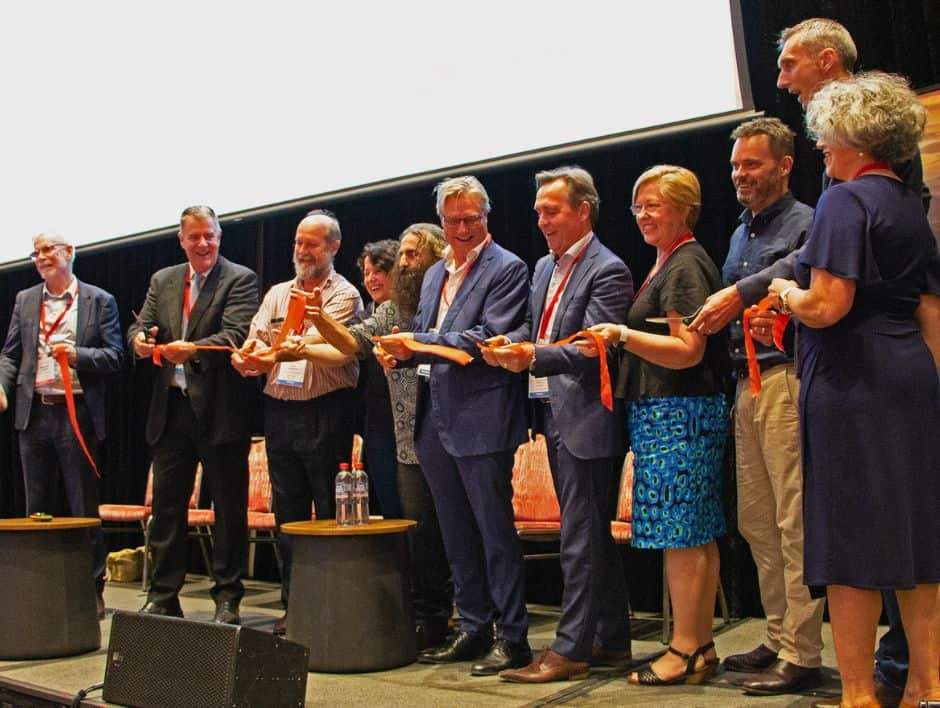Australia has an urgent invasive species problem. The 2022 State of the Environment report highlighted invasive species pose the greatest threat to our native plants and animals – even greater than climate change.
To ensure our fight to protect native species is successful, we want to make sure we are taking relevant learnings not just from here in Australia but also from far and wide. And where better to learn from than our neighbours across the ditch in New Zealand. Like us, they have their own beautiful diversity of native plants and animals, but unfortunately also suffer from damage caused by invasive species.

Earlier this quarter, the Tauranga Moana Biosecurity Capital (TMBC), a model of co-governance and community led biosecurity, held their Biosecurity Excellence Symposium — and we had two Invasive Species Council representatives in attendance. We had three key takeaways from the event:
- First Nations people in New Zealand stepped in and achieved great results.
Different First Nations groups worked with each other and built programs to do critical biosecurity work when the New Zealand government was unable to manage the complexity of the task alone. We would love to see more community-led biosecurity initiatives in Australia not only have First Nations Peoples as stakeholders but as leaders and managers of programs. - Running fun community events are an excellent way to engage the public on the topic of biosecurity.
These events in New Zealand, which include treasure hunts, puzzles and video competitions, primarily showcase the environmental benefits of feral control in order to demonstrate what other parts of the country could look like if they too implemented feral control practices. - Great ambition is necessary to get support for important programs.
New Zealand’s 2050 predator free goal may seem to be overly ambitious because the methods and technology to achieve such an aspirational goal don’t exist yet. However goals like this are important to get the necessary long term funding and political buy-in. Without it, governmental support may change with election cycles or politicians and would not have the incentive to develop new tools and methods that may unlock success in the future.

In Australia we have our own equivalent called the Decade of Biosecurity — which started just last year. This program, too, has large and broad sweeping goals about protecting Australia from current and new invasive species and we at the Invasive Species Council are proud to be part of the Biosecurity collective running this project.

